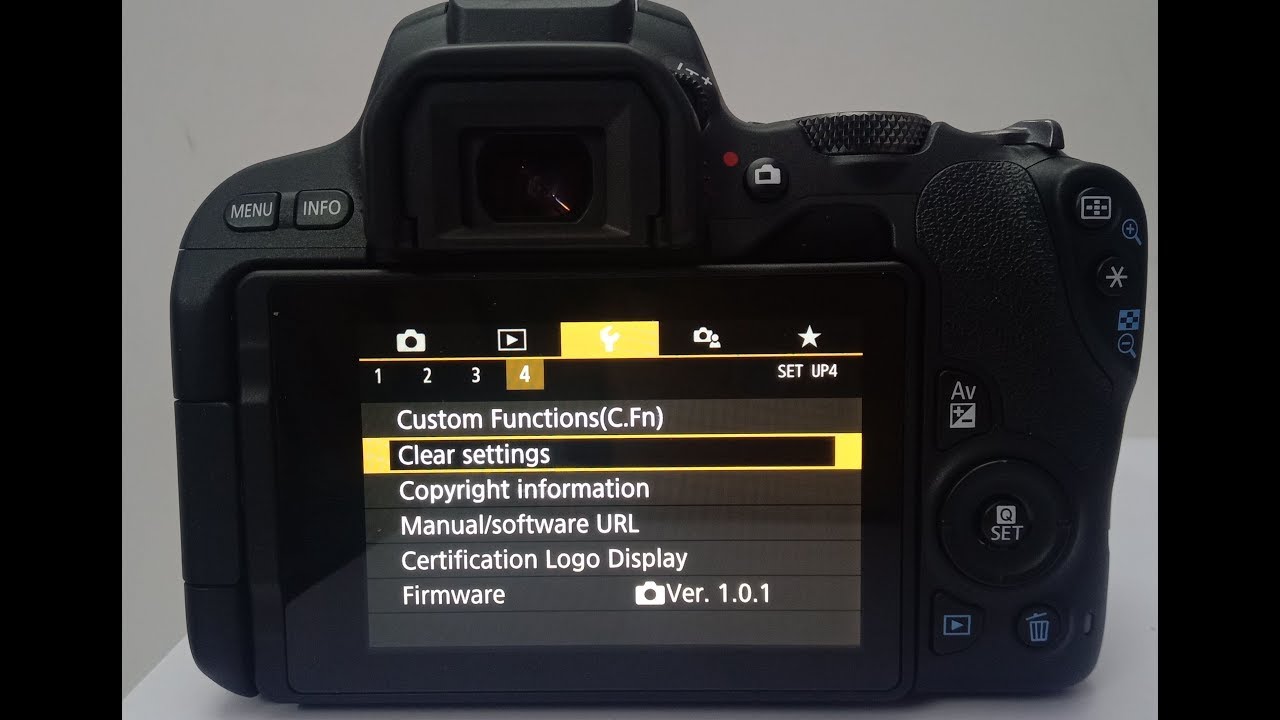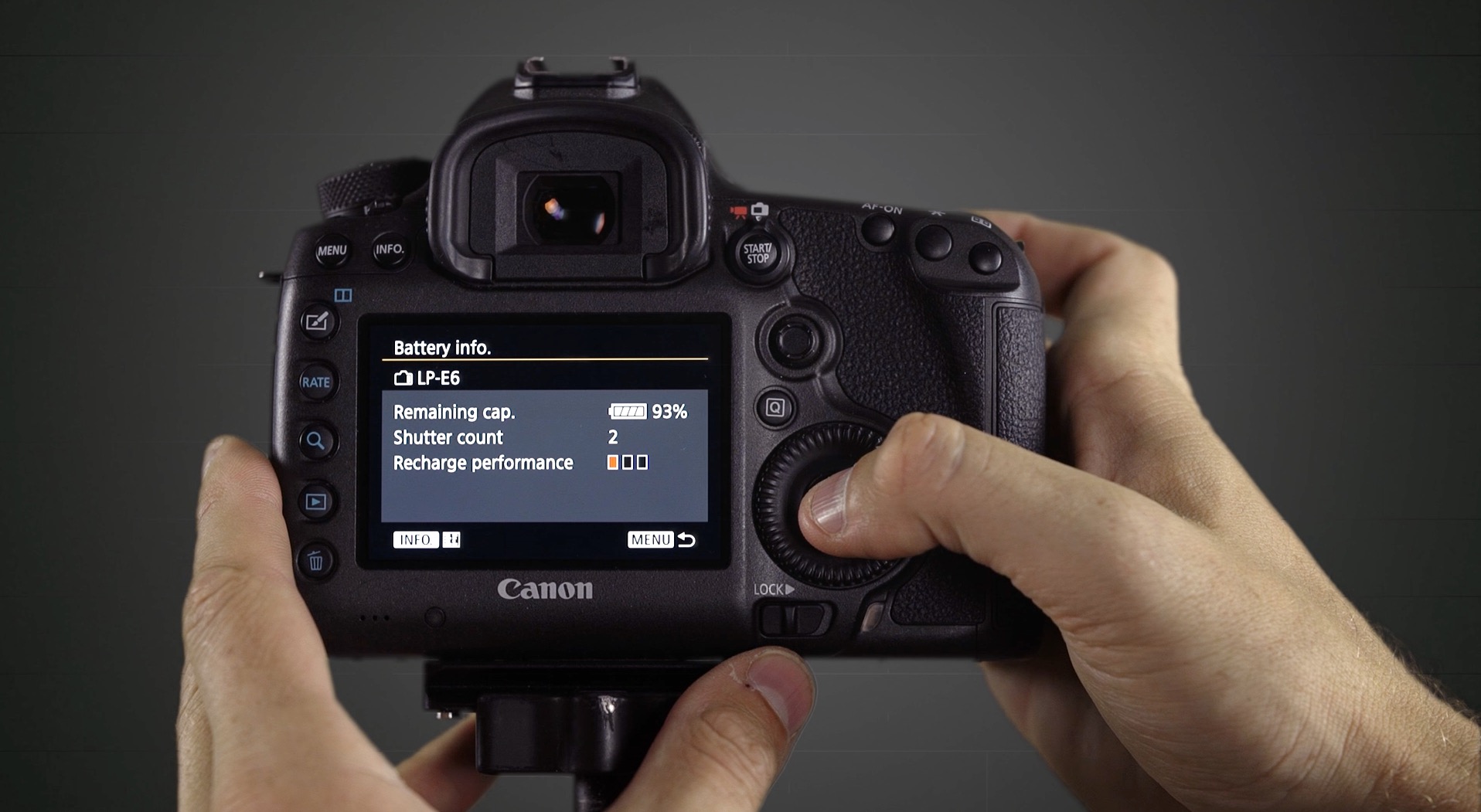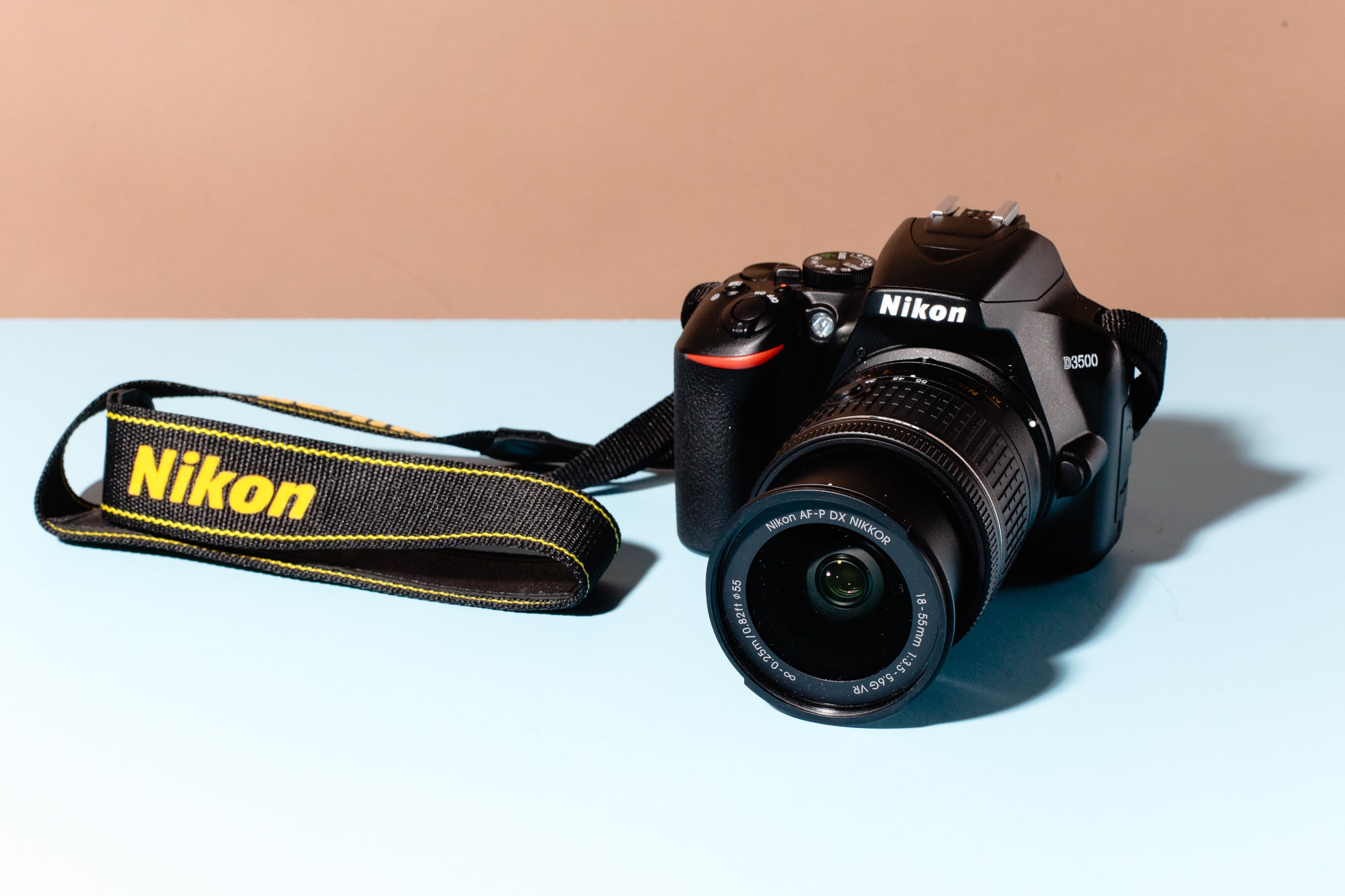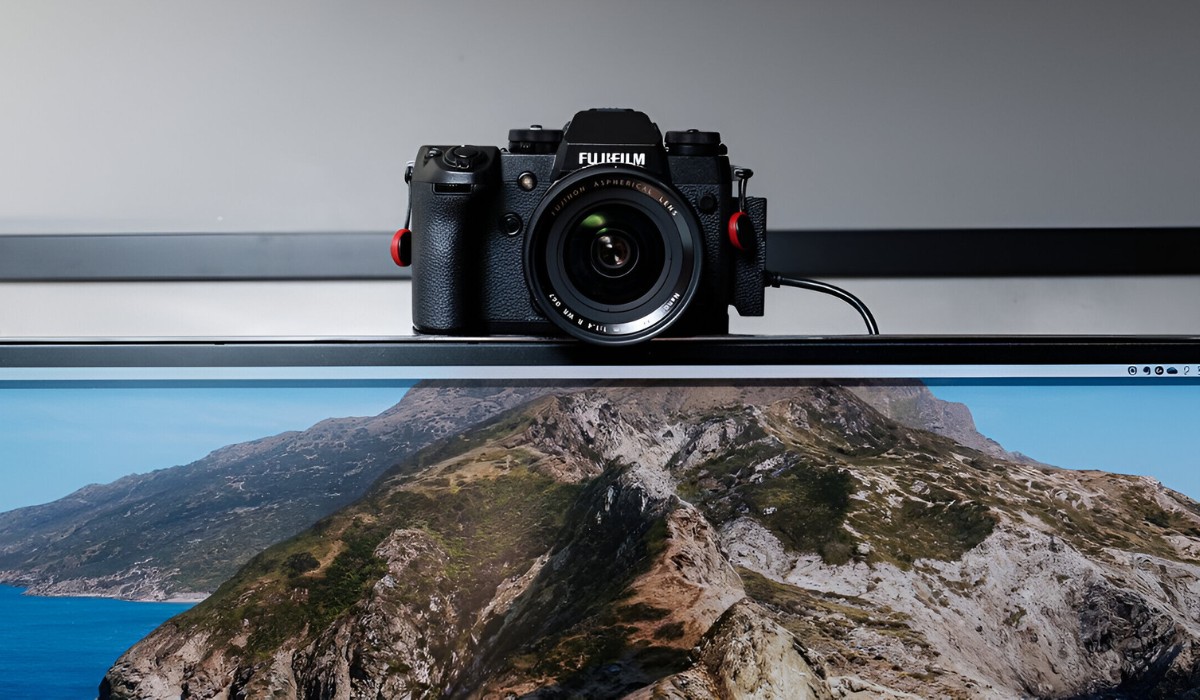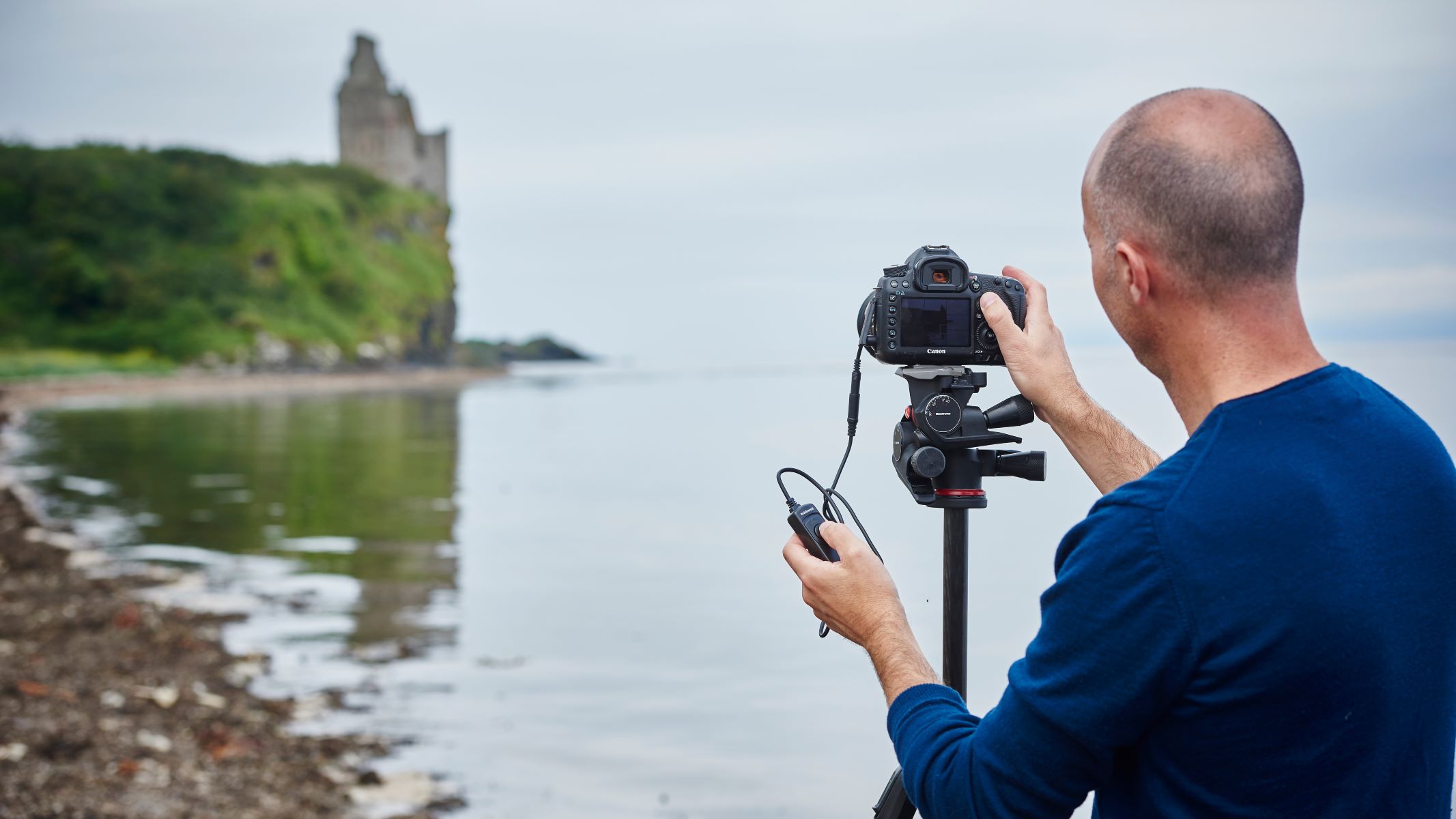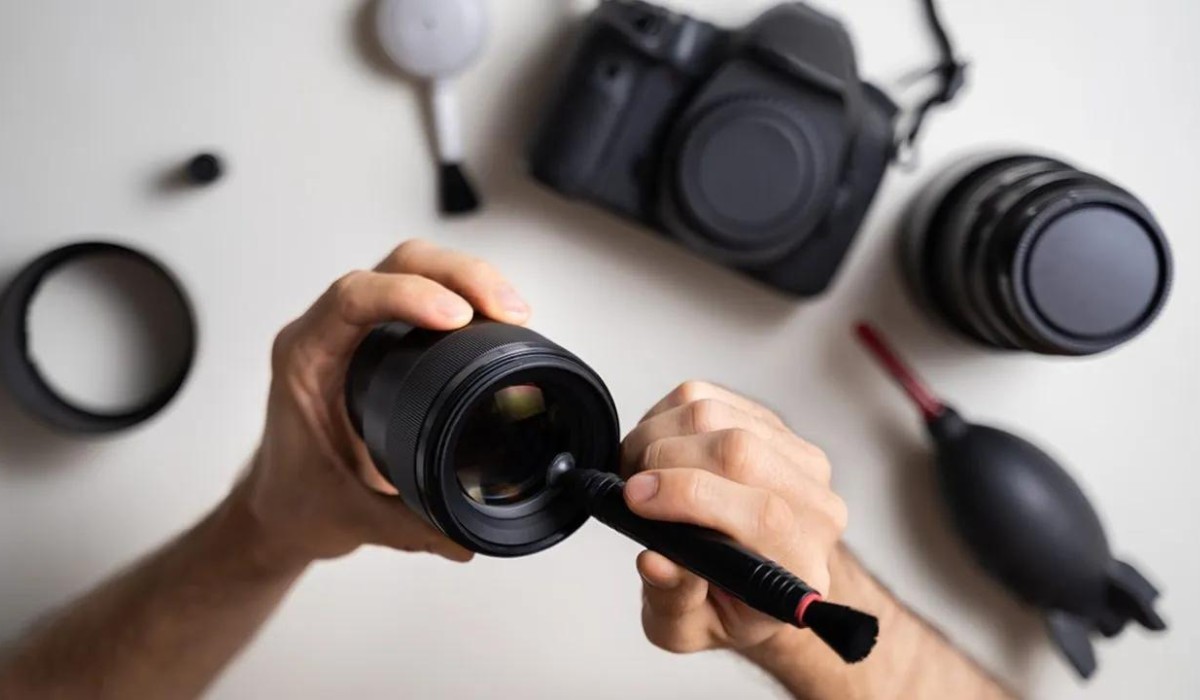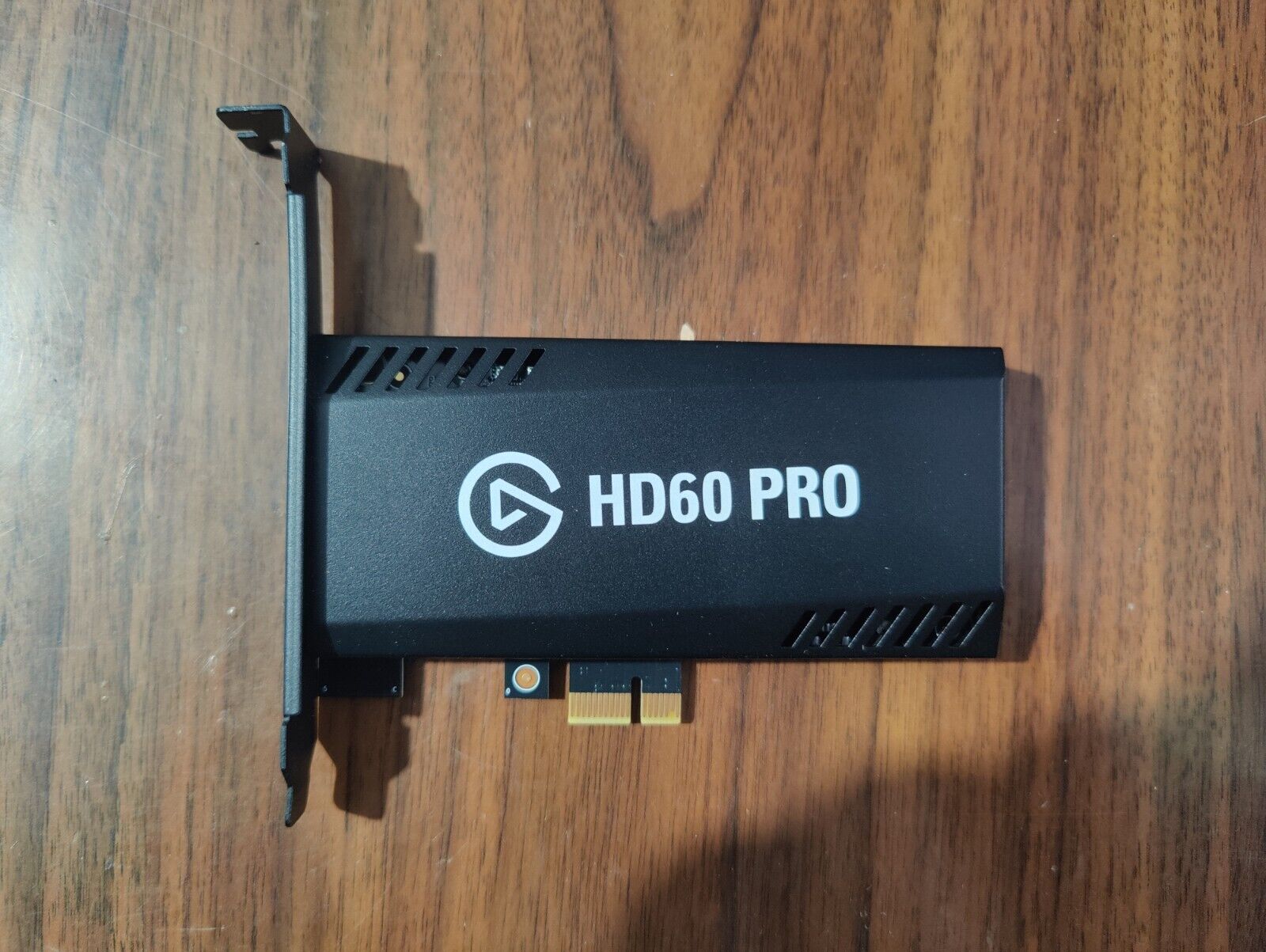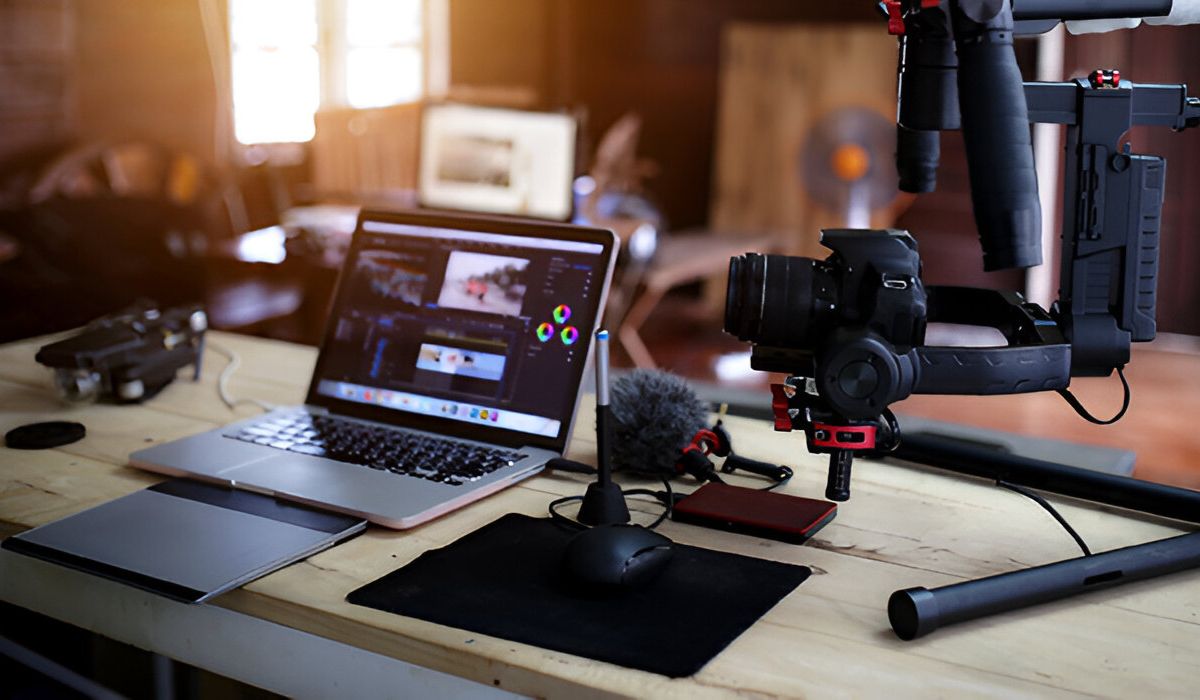Introduction
Welcome to the fascinating world of digital single-lens reflex (DSLR) photography! Your DSLR camera is a powerful tool that allows you to capture stunning images and unleash your creativity. However, there may come a time when you need to reset your camera settings to their default configuration or customize them to suit specific shooting conditions. In this comprehensive guide, we will explore the reasons for resetting DSLR camera settings, the steps involved, and the importance of backing up your current settings.
Whether you are a novice photographer eager to learn the ropes or a seasoned pro looking to fine-tune your camera's performance, understanding how to reset DSLR camera settings is a valuable skill. By the end of this guide, you will be equipped with the knowledge and confidence to navigate your camera's settings with ease, ensuring that you always capture the perfect shot.
Let's embark on this enlightening journey to uncover the intricacies of DSLR camera settings and discover the art of resetting them. Whether you're seeking to restore default configurations, optimize performance, or personalize settings to match your unique style, this guide will equip you with the essential know-how to master your DSLR camera's settings.
Why Reset DSLR Camera Settings
Understanding the rationale behind resetting DSLR camera settings is crucial for every photographer. There are several compelling reasons why you might consider resetting your camera to its default configurations or customizing settings to align with specific shooting requirements.
- Restoring Default Performance: Over time, as you experiment with various settings and shooting conditions, your camera’s configurations may deviate from the optimal defaults. Resetting the settings to their factory defaults can rejuvenate your camera’s performance, ensuring that it operates at its best.
- Troubleshooting Issues: If you encounter unexplained glitches or malfunctions in your camera’s behavior, resetting the settings can help to resolve these issues. It serves as a troubleshooting measure to address unexpected performance issues.
- Adapting to New Environments: When transitioning from one photography environment to another, such as moving from outdoor landscapes to indoor portraits, customizing your camera settings can significantly enhance your ability to capture high-quality images in diverse conditions.
- Exploring Creativity: Resetting your DSLR camera settings provides an opportunity to experiment with new configurations and shooting styles. By customizing settings to match your creative vision, you can unlock fresh perspectives and expand your photographic repertoire.
- Optimizing Performance: Fine-tuning your camera settings to suit specific genres of photography, such as sports, wildlife, or macro, can elevate your photographic outcomes. Resetting and customizing settings allows you to optimize your camera’s performance for different shooting scenarios.
By comprehending the significance of resetting DSLR camera settings, you gain the insight to proactively manage your camera’s configurations to align with your evolving photography needs. Whether you seek to address technical issues, adapt to new shooting environments, or explore innovative creative avenues, the ability to reset and customize your camera settings empowers you to maximize the potential of your DSLR camera.
Steps to Reset DSLR Camera Settings
Resetting DSLR camera settings involves a systematic approach to ensure that your camera is configured according to your specific requirements. Whether you aim to restore default settings or customize new configurations, the following steps will guide you through the process:
- Accessing the Menu: Begin by navigating to the menu on your DSLR camera. The location of the menu button may vary depending on the camera model, but it is typically represented by an icon or labeled “Menu” on the camera body.
- Selecting the Settings: Once in the menu, locate the “Settings” or “Setup” option. This section typically contains the configuration options for your camera, including the reset function.
- Choosing Reset: Within the settings menu, look for the “Reset” or “Restore” option. Selecting this option will prompt you to confirm the reset action, ensuring that you are intentionally resetting the camera settings.
- Confirming the Reset: After selecting the reset option, the camera will typically display a confirmation message to ensure that you intend to proceed with the reset. Confirm the action to initiate the reset process.
- Restarting the Camera: Once the reset is confirmed, restart your camera to apply the default settings. This step ensures that the reset configurations take effect and that your camera is ready for use.
It is important to note that the steps for resetting DSLR camera settings may vary slightly depending on the camera model and brand. Therefore, consulting your camera’s user manual for specific instructions tailored to your device is highly recommended.
By following these systematic steps, you can efficiently reset your DSLR camera settings to their default configurations or customized preferences, enabling you to adapt to diverse shooting conditions and optimize your camera’s performance.
Backing Up Your Settings
Before embarking on the process of resetting your DSLR camera settings, it is imperative to consider the significance of backing up your current configurations. Backing up your settings serves as a safeguard, preserving your personalized preferences and configurations in the event that you need to revert to them in the future. Here are the essential steps to effectively back up your DSLR camera settings:
- Accessing the Custom Settings Menu: Navigate to the custom settings menu on your DSLR camera. This section typically allows you to save and load custom configurations, providing the functionality to back up your settings.
- Selecting the Backup Option: Once in the custom settings menu, look for the “Backup” or “Save/Load Settings” option. This feature enables you to save your current settings to the camera’s memory card or an external storage device.
- Choosing the Backup Location: When prompted to select a backup location, opt to save your settings to the memory card or an external storage device. Ensure that the chosen location has sufficient storage capacity to accommodate the backup file.
- Confirming the Backup: After selecting the backup location, confirm the backup action. The camera will typically display a confirmation message to verify that you intend to save your settings to the designated location.
- Verifying the Backup: Once the backup process is complete, verify that the settings file has been successfully saved to the designated location. This verification ensures that your settings are securely backed up for future reference.
By diligently following these steps, you can effectively back up your DSLR camera settings, preserving your personalized configurations and preferences. This proactive measure provides peace of mind, knowing that your settings are securely stored and can be readily accessed if the need arises.
It is important to note that the process of backing up DSLR camera settings may vary depending on the camera model and brand. Therefore, consulting your camera’s user manual for specific instructions tailored to your device is highly recommended.
By prioritizing the backup of your settings, you can confidently proceed with resetting your DSLR camera settings, knowing that your personalized configurations are safely preserved for future use.
Resetting to Default Settings
Resetting your DSLR camera to its default settings is a fundamental process that allows you to restore the original configurations of your camera. Whether you are troubleshooting technical issues, preparing the camera for a new user, or seeking to rejuvenate its performance, the following steps will guide you through the process of resetting your DSLR camera to its default settings:
- Accessing the Menu: Begin by accessing the menu on your DSLR camera. The menu button is typically located on the camera body, often denoted by an icon or labeled “Menu.”
- Locating the Settings: Within the menu, navigate to the “Settings” or “Setup” section. This is where you will find the option to reset the camera to its default configurations.
- Selecting the Reset Option: Look for the “Reset” or “Restore” option within the settings menu. Upon selecting this option, the camera will typically prompt you to confirm the reset action to ensure that you intentionally want to reset the settings.
- Confirming the Reset: After selecting the reset option, the camera will display a confirmation message to verify that you want to proceed with the reset. Confirm the action to initiate the reset process.
- Restarting the Camera: Once the reset is confirmed, restart your camera to apply the default settings. This step ensures that the reset configurations take effect and that your camera is ready for use.
By following these steps, you can effectively reset your DSLR camera to its default settings, restoring the original configurations and preparing the camera for optimal performance. It is important to note that the specific steps for resetting DSLR camera settings may vary slightly depending on the camera model and brand. Therefore, consulting your camera’s user manual for tailored instructions is highly recommended.
Resetting your DSLR camera to its default settings provides a valuable opportunity to address technical issues, prepare the camera for new users, or rejuvenate its performance. By mastering this essential process, you can confidently manage your camera’s configurations and ensure that it operates at its best.
Customizing New Settings
Customizing your DSLR camera settings empowers you to tailor the configurations to suit specific shooting conditions, creative preferences, and photographic genres. Whether you are delving into portrait photography, capturing dynamic sports scenes, or exploring the intricate details of macro photography, the ability to customize new settings is invaluable. Here are the essential steps to effectively customize new settings on your DSLR camera:
- Accessing the Menu: Begin by accessing the menu on your DSLR camera. The location of the menu button may vary depending on the camera model, but it is typically represented by an icon or labeled “Menu” on the camera body.
- Exploring Configuration Options: Navigate to the “Settings” or “Custom Settings” section within the menu. This is where you can explore a wide range of configuration options to customize your camera settings.
- Adjusting Parameters: Within the settings menu, you can adjust parameters such as aperture, shutter speed, ISO sensitivity, white balance, focus modes, and other advanced settings to align with your specific shooting requirements.
- Creating Custom Profiles: Many DSLR cameras offer the functionality to create custom profiles or user-defined settings. This feature allows you to save and recall personalized configurations for different shooting scenarios, streamlining your photography workflow.
- Experimenting and Fine-Tuning: As you customize new settings, take the opportunity to experiment with different configurations and fine-tune the parameters to achieve the desired photographic outcomes. This iterative process allows you to refine your settings for optimal performance.
By diligently following these steps, you can effectively customize new settings on your DSLR camera, empowering you to adapt to diverse shooting conditions, explore creative possibilities, and optimize your camera’s performance for specific genres of photography.
It is important to note that the process of customizing DSLR camera settings may vary depending on the camera model and brand. Therefore, consulting your camera’s user manual for specific instructions tailored to your device is highly recommended.
Customizing new settings on your DSLR camera unlocks a world of creative possibilities, allowing you to tailor the configurations to match your unique style and photographic vision. By mastering the art of customizing settings, you can elevate your photography to new heights and capture compelling images that reflect your artistic expression.
Conclusion
Mastering the art of resetting and customizing DSLR camera settings is a pivotal skill for photographers seeking to optimize their equipment’s performance and unleash their creative potential. By understanding the reasons for resetting DSLR camera settings, the systematic steps involved, and the importance of backing up configurations, photographers can confidently navigate their camera’s configurations with precision and finesse.
Whether you are restoring your camera to its default settings, customizing configurations to match specific shooting conditions, or preserving personalized preferences, the comprehensive knowledge gained from this guide empowers you to harness the full potential of your DSLR camera. The ability to troubleshoot technical issues, adapt to diverse environments, and explore innovative creative avenues is a testament to the transformative impact of mastering DSLR camera settings.
As you embark on your photographic journey, remember that the process of resetting and customizing DSLR camera settings is a dynamic and iterative endeavor. It requires a blend of technical proficiency, creative insight, and a deep understanding of your camera’s capabilities. By embracing this multifaceted approach, you can elevate your photography to new heights, capture captivating images, and express your artistic vision with unparalleled clarity and precision.
Armed with the knowledge and expertise gleaned from this guide, you are poised to embark on a captivating photographic odyssey, where every click of the shutter encapsulates your unique perspective and creative ingenuity. Embrace the art of resetting and customizing DSLR camera settings as a gateway to unlocking limitless photographic possibilities and shaping your visual narrative with authenticity and brilliance.







